The medieval Silk Road connected Europe and Asia for a thousand years through trade. In the 21st century, the Silk Road Ensemble does the same through music. Founded in 2000 by cellist Yo-Yo Ma, the Ensemble is a network of 20 performers from Iran, Japan, Switzerland, the US, and countries in between, playing instruments as varied as viola (from 16th-century Italy) and pipa (from ninth-century China). In the same spirit, their concerts and recordings embrace both centuries-old melodies and contemporary compositions.
Musicians from the Ensemble are visiting the Getty this spring and summer for two-day residencies that are part research retreat, part public engagement. The musicians explore the exhibition Cave Temples of Dunhuang, exchange ideas about music and art with the exhibition’s curatorial team, meet with local students and teachers, and finish with spontaneous public performances across the Getty Center. Capping the summer, the musicians will unite to perform a live score for the silent movie Cave of the Silken Web on August 24, as well as for a concert with Yo-Yo Ma at the Hollywood Bowl on August 21.
Each musician also chooses a replica cave that particularly speaks to him or her, and offers a short pop-up concert to be filmed and shared online. These videos will be published on The Iris as they are edited and released.
- Chapter 1—Kojiro Umezaki, Sandeep Das, Nicholas Cords (May)
- Chapter 2—Wu Man, Haruka Fujii (June)
- Chapter 3—Kayhan Kalhor, Special Guest (July)
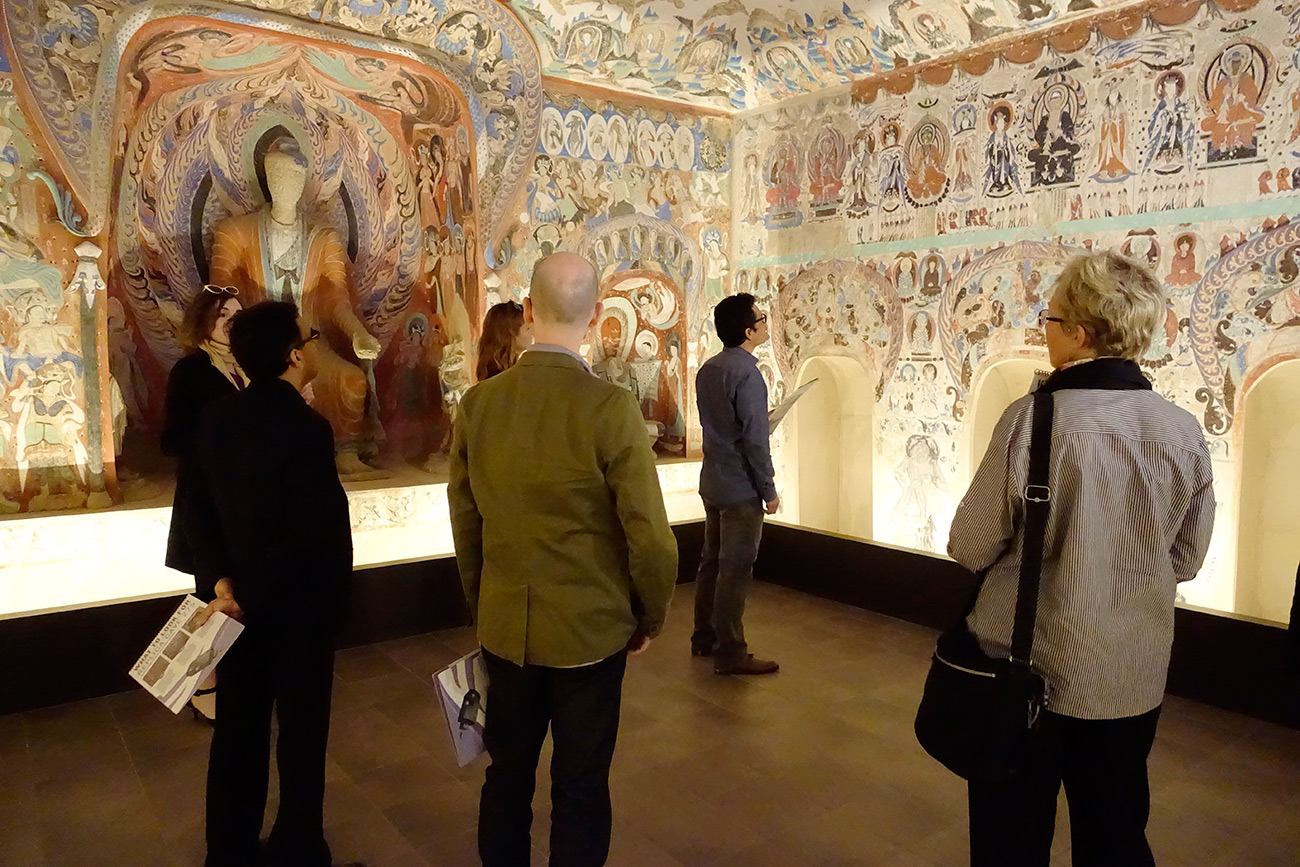
Julia Grimes of the Getty Research Institute (far left) gives Sandeep Das, Nicholas Cords, and Kojiro Umezaki a tour of the replica caves. Here they are in Cave 285, which features images of mendicant monks and Hindu deities. Photo: Anna Zagorski. All rights reserved
Chapter 1—Kojiro Umezaki, Sandeep Das, Nicholas Cords
On May 25 and 26 we welcomed Kojiro (Ko) Umezaki (shakuhachi), Sandeep Das (tabla), and Nicholas Cords (viola). All three were moved by the experience of the replica caves, which they visited as their first stop before exploring the galleries and 3D video with the curators. Over coffee, Sandeep—who has an infectious energy and an amazing talent for breaking into tabla-inspired vocal effects—suggested they come back the next morning and make music inside the caves.
Some more jet-lagged than others, the three returned to the Getty at 8am to perform short pieces chosen specifically for the cave setting. We filmed their performances and will post them here when edited.
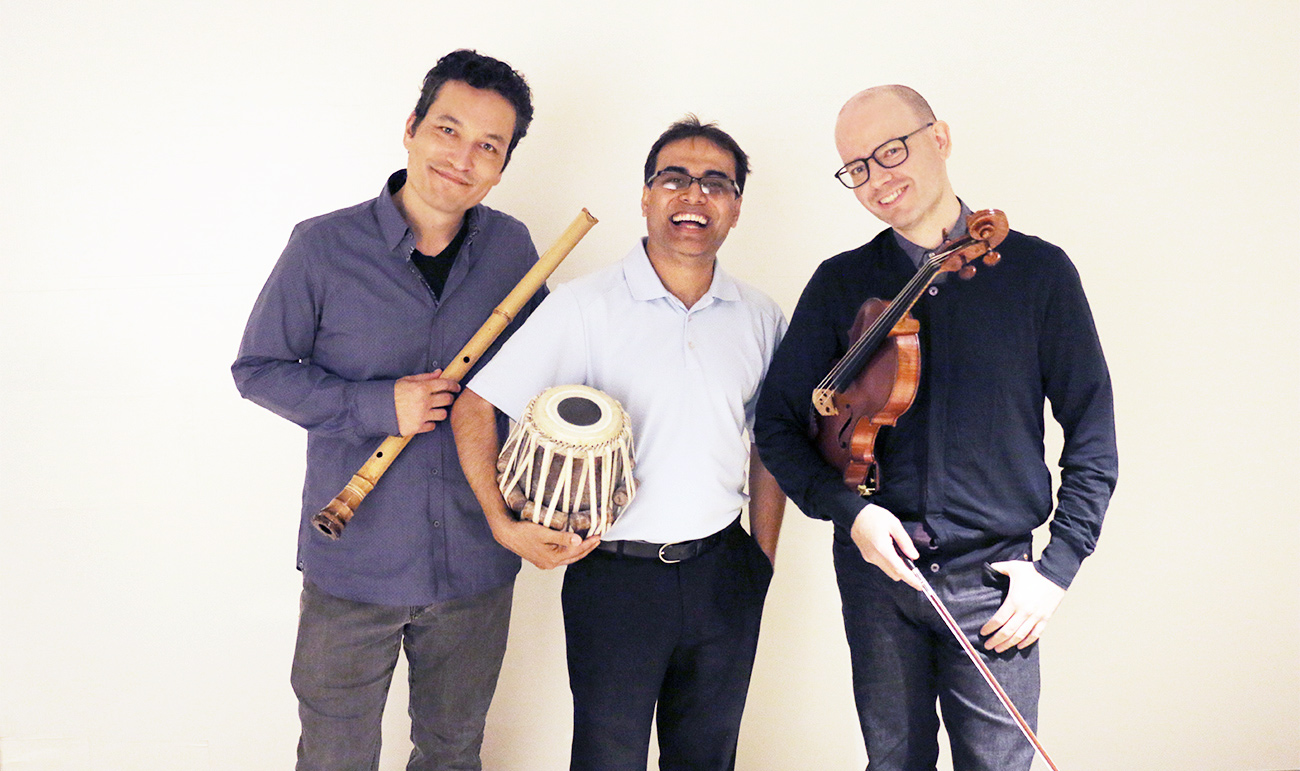
Kojiro Umezaki (shakuhachi), Sandeep Das (tabla), Nicholas Cords (viola). Photo: Alex Smith. All rights reserved
Before their performance, each musician previewed for us what the caves inspired in them.
The Divine in the Wind
Ko was inspired by the mendicant monks wearing patchwork robes depicted in Cave 285 and chose to perform a medieval composition, “Empty Bell”:
“One of the original pieces in the repertoire for the shakuhachi has a story attached to the originator of the Japanese Fuke sect of Buddhism. The monk Fuke was a bit of an eccentric, and would walk into town ringing his bell and saying things most people didn’t understand. One day he came into town with his followers, still ringing his bell, and said, ‘I’m going to get into a sarcophagus and ask my followers to nail it shut. Come back tomorrow and open it up, and I won’t be there.’ He’d said stuff like this so many times before that the people in the town [didn’t believe] him. But sure enough, the next day people opened the sarcophagus and he was no longer there. At that moment, they heard his bell ringing from somewhere in the empty sky. To commemorate that moment, one of his followers purportedly composed a piece, called ‘Empty Bell,’ that serves as one of the cornerstones of the repertoire for this instrument.
The piece is really boring [laughs], but it’s about breathing, and how within every breath you can create a sound that captures the entire universe. This idea—that the divine operates in the wind, in the sky, and in the upper reaches—is captured in this piece. There are nice connections between conceptual [elements] within the practice of Buddhism and the embodiment of it within the person, which are captured within Cave 285.”
Buddhas on Loop
In the Buddhist tradition, replication of texts and sacred images is a way to earn karmic merit. Nick was drawn to the 1,036 Buddhas that adorn the ceiling of Cave 320 and chose a contemporary composition, “Loop,” to match:
“I like the idea that just about anybody could go into one of the caves and find a connection to the fabric of their life. I use the word ‘fabric’ on purpose because I’m drawn to the idea of a pattern that repeats. This is a technique that’s used in a lot of music—and certainly used a lot in social media, with the idea of a repeating or looping image.
The piece I’ve chosen was written in 1991 by a Hungarian composer, György Ligeti, and is called ‘Loop.’ In that piece he takes a loop of about 22 notes and repeats it about seven times—all with the rhythms contracting and coming closer together. There’s something very rhythmic but also loose in the piece, in the repetition of it; it’s all built on the ideas of 3s and 2s in different combinations. It’s a piece I found myself almost humming in the caves. Well, it’s not really a hummable piece [laughs]—but I was thinking about it.
What I saw in Cave 275 was the ceiling, with its replicated image of 1,036 Buddhas. I should count the notes. Maybe they’re exactly the same!”
Beats of Thunder
Sandeep was struck by the depictions in Cave 285 of Hindu deities familiar to him from his upbringing in India, and wanted to create a conversation with them using the voice of his drum:
“I play the tabla, which is a percussion instrument. Of course all these caves include so many things that I’ve literally grown up with. One of the major images in Cave 285 is Shiva and Ganesh on one side, and Vishnu on another. To me the blurring of lines between what is Buddhism and what is Hinduism is so obvious. It’s just amazing to see them all there—the same names, just looking different.
There are specific ancient compositions that can still be played, preserving our heritage through music. For example, compositions talk about thunder and lightning—and these can be played exactly on my instrument. There is also a composition that talks about Shiva, Visnhu, and Mahesh singing while keeping beats, as Ganesh relays an amazing message on his instrument about meditating and praying to god. I would like to share these two compositions in the setting of the caves.”
Chapter 2—Wu Man, Haruka Fujii

Haruka Fujii (left) and Wu Man (right) at the Getty Conservation Institute. Photo: Sarah Waldorf. All rights reserved
Wu Man plays the Chinese pipa (four-string lute); Haruka Fujii specializes in percussion. They visited June 14 and 15. They toured the replica caves and the exhibition, then teamed up to offer a duet on chappa, a Japanese cymbal, and pipa, a Chinese four-stringed lute. The next day, their public pop-up performance began with a literal clang in the Museum Entrance Hall and concluded downstairs overlooking the garden.
For their video concert in the replica caves—which is being edited now and will be posted here on The Iris soon—Haruka and Wu Man chose to improvise music for pipa and gong together in the replica of Cave 275, which had a strong pull for them both. They called their new composition “Feitian” (in Japanese, “Hiten”)—after the Apsaras (female supernatural beings) that appear in the wall paintings of Cave 275.
Music of the Angels
The caves have a personal connection for Haruka. Her favorite piece of music, “Hiten-Seidō” by Maki Ishii, was inspired by the hiten in the Dunhuang cave temples and written for her mother, marimbist Mutsuko Fujii. She explained:
“I’ve played this piece so many times, and every time I play it, I try to imagine what these angels look like, and even try to move the instrument like these hiten. When I heard that the Silk Road Ensemble was having a residency at the Getty, I couldn’t believe I would get to meet these Buddhist angels with my own eyes.
When we performed in the caves, I wanted to do something that relates to this personal story. We decided to adapt “Hiten-Seidō,” which starts out with a drum. You start hearing, seeing the hitens, angels, flying around. With our own instruments we added our own color to it, improvised, and made a conversation.
It was very emotional. It felt like it was not only a conversation with Wu Man, but with the angels and even with the composer, who has passed away. It was an almost overwhelming experience.”
An incredible morning performing in the replica Dunhuang Caves at The Getty with Wu Man and Haruka Fujii.
— SILKROAD (@silkroadproject) June 15, 2016
Meditation and Quiet
Wu Man’s instrument, the pipa, also has a direct connection to the Dunhuang cave temples, which she has never visited in person. Some of the earliest recorded melodies for the instrument were found in the Dunhuang’s Library Cave, and wall paintings in other cave temples depict musicians acrobatically playing the lute behind their backs.
She explained what the caves inspired in her and what she hopes viewers of her video performance take away:
“The Dunhuang caves have a lot of meaning in Chinese culture. We have them in our minds, in our hearts. A lot of early pipa music came from those caves—actually, pipa music started there. It has a lot of meaning for me, as a person, as a musician, as a pipa player.
When I walked in [to the replica caves] with Haruka, we both immediately felt something touch us. I saw the pipa figure there, I saw the feitian, which we call the flying goddesses. Pipa history books always mention this—when they show how old the instrument is, they always mention those figures. I felt like I was in a dream.
A very old melody from Western China naturally came up in my head when looking at the feitian and the Buddha statue. I wanted to present the music more deeply, more thoughtfully; to make people feel like they’re going back to thousands of years. Our lives are so busy—with our iPhones, our travel—that I hope people will calm down [when they see the video]. There is something very meditative about the music. I hope they will have quiet.”
Chapter 3—Kayhan Kalhor, Jeffrey Beecher and Shane Shanahan
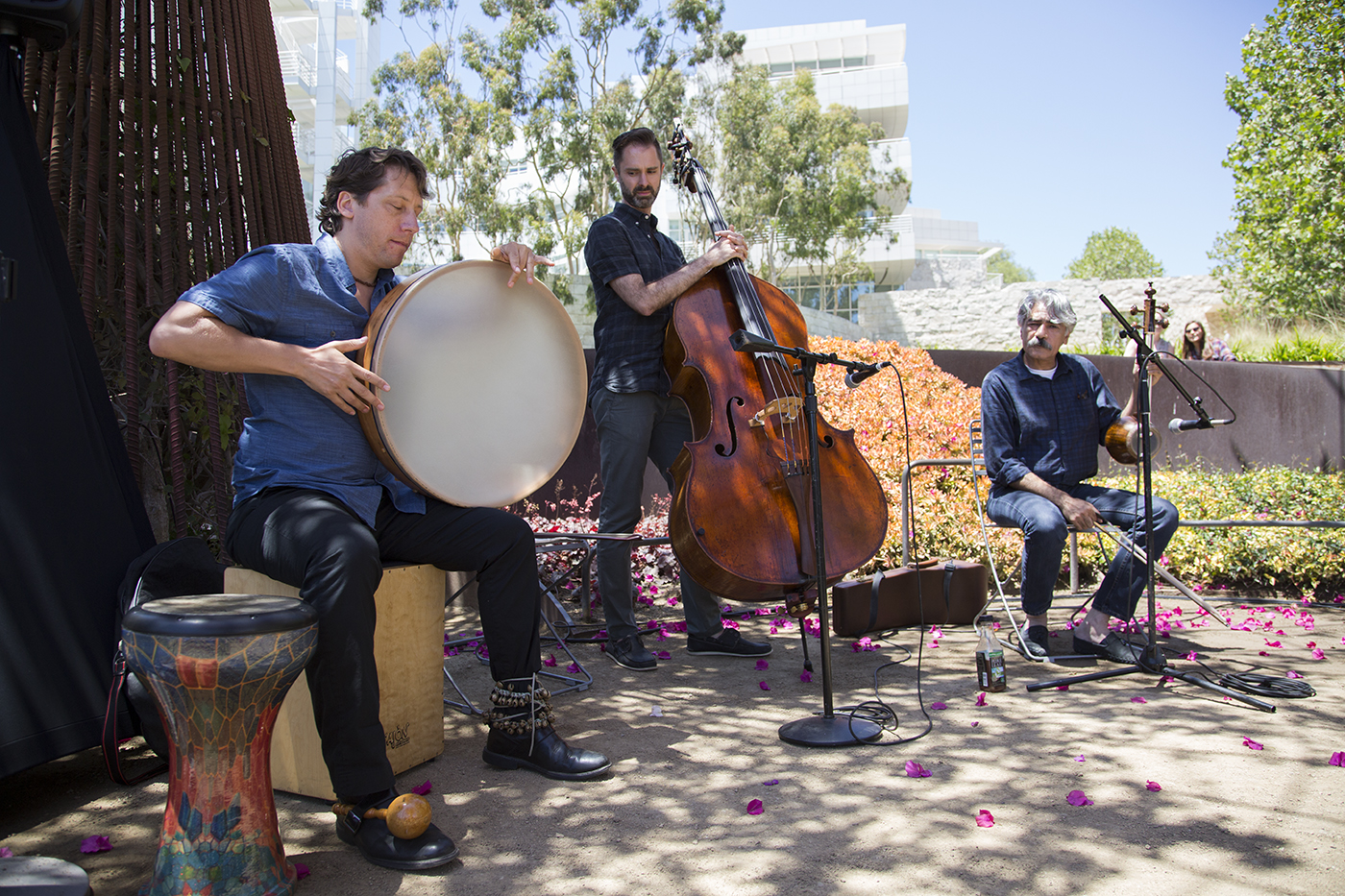
Shane Shanahan (left), Jeffrey Beecher (center), and Kayhan Kalhor (right)
Kayhan Kalhor plays and composes for the kamancheh. He visited with bass player Jeffrey Beecher and percussionist Shane Shanahan on July 13 and 14. The three explored the cave temples, visited the exhibition, performed for a group of middle schoolers, and played in two pop-up performances in the Central Garden.
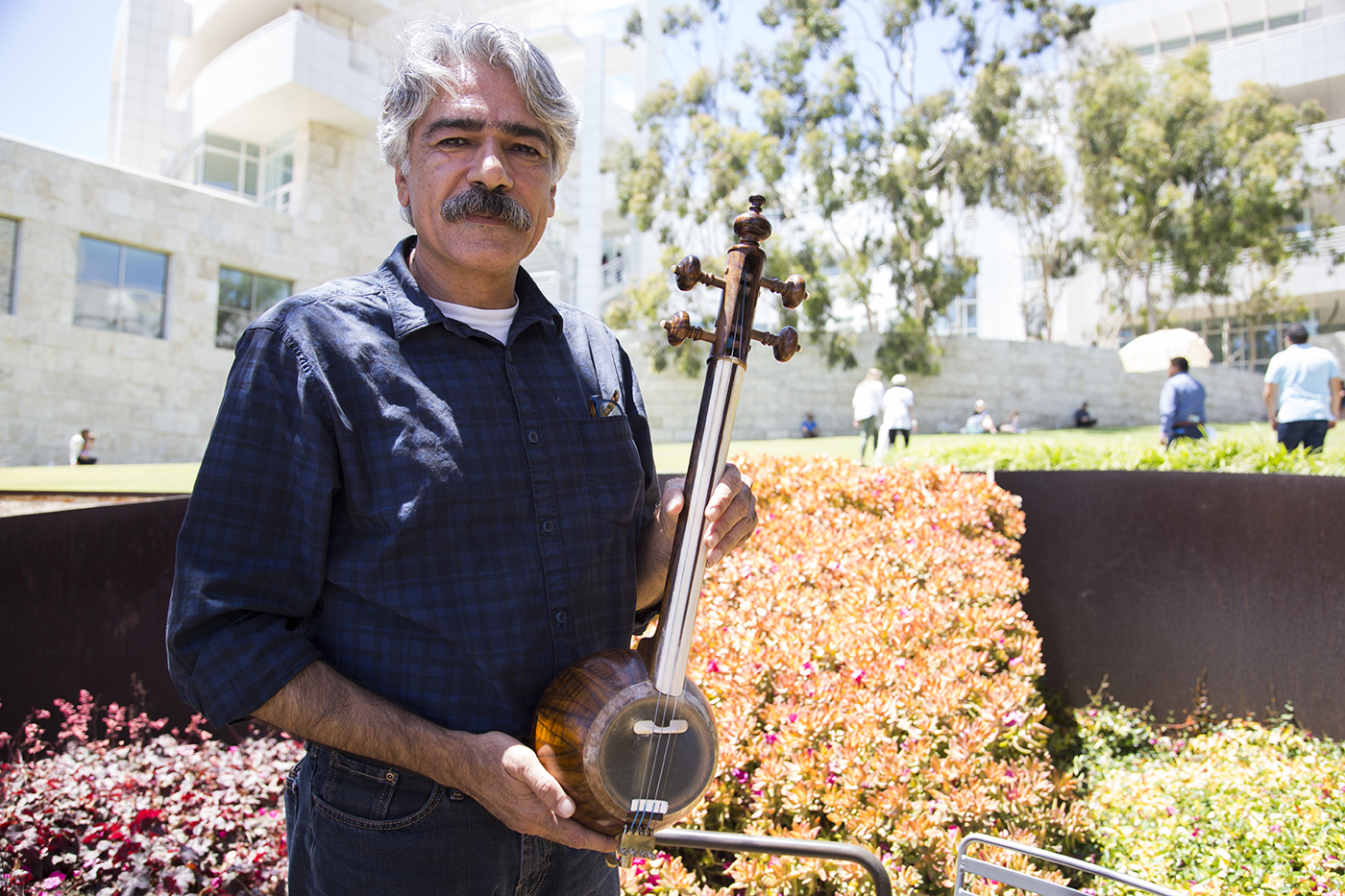
Tradition and Spirituality
Kayhan Kalhor plays an instrument with roots in Persia, the kamancheh. How did he come to choose it, we asked?
“Music is sound. I think that’s the basic way one is drawn toward a certain sound and the instrument that can make that sound. I fell in love with the sound of the kamancheh and then pursued further to learn how to play it. Before you realize it, if you’re good enough, you are talented enough, if you work enough, you’re a musician.“
Fascinated with human beings and our search for meaning, Kayhan felt connected to people from hundreds of years ago as he entered the replica caves. He was particularly inspired by images of the underworld, the present world, and heaven in Cave 285, where he performed for video.
“People come to this world always thinking of something else that exists out there. They try to work on themselves, try to elevate their own spirits to religion, to ideology, to whatever they can relate to. And what strikes me about the replica caves is that how close we are still as human beings and how the way we think has not changed during these past centuries.
I tried to improvise a piece that’s somehow in relation to that, to that desire to understand our creation on a spiritual level.
Every historic site or ancient monument I visit makes me think of that humans never change, we have always been the same.”
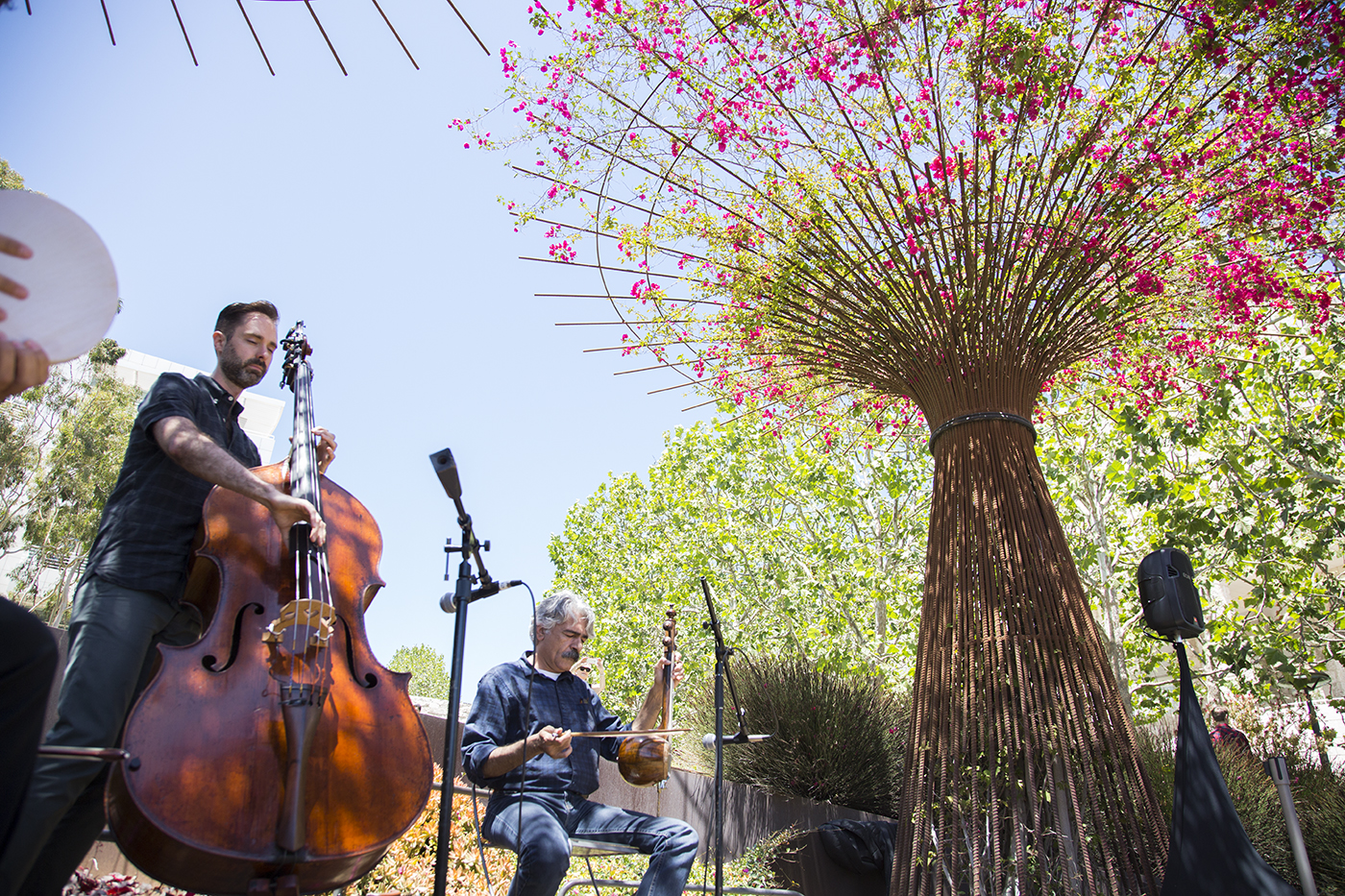
Imagining the Past
Jeffrey Beecher plays the double bass. The two instruments he plays most often are special: one is from 1790, made in Italy by Giovanni Battisti; the other is from 1850, made in Paris by Jean Baptiste Vion. Both of these instruments were once owned by Vion, and now Jeffrey keeps both together, a reunion after they were separated for about 200 years.
On the feeling of playing in the replica caves:
“I want to take one of the caves as my own personal practice room. I need another replica to take with me! For my instrument, low, resonant, large wavelengths in that space, it’s as satisfying as it gets. You can whisper, you can fill the room.”
And for Jeffrey, playing in the replica caves was an opportunity to imagine what life was like in Dunhuang. He imaged what the people passing through on the Silk Road were feeling, and channeled that in his performance.
“I played a piece that’s very introspective. It’s a prelude to four short pieces by a contemporary Dominican composer. I imagined what it was like for people on their journeys hundreds of years ago.
Today, we take road trips where we pull off at a travel pit stop, and we get out and have fast food and check our social media and we’re distracted. To imagine going on a journey where your intentions may be the same—going somewhere, bringing things, meeting people—but you have a moment of solitude, of quietude, of checking in emotionally [in the caves]…that to me is a key component in Buddhism, to be aware and to have that detachment.”

Meditation & Thunder
Shane Shanahan plays percussion. For his pop-up at the Getty he brought a frame drum, a darbuka, a riq, and a variety of shakers and rattles. He explained what his time in the replica caves felt like, and what he chose to play at the Getty:
“I chose to play a large frame drum that was inspired by the pair of thunder gods depicted in Cave 285, up on the ceiling. Each one of them is surrounded by a circle of drums, and they’re playing with their hands and their feet.
The drums that they’re playing look very similar to the frame drum, just a simple circle. That inspired me to think about the sound of thunder, and what it must have sounded like in those caves themselves.
It felt very meditative to play in the caves. To be surrounded by all those different images, and the representation of all the different cultures, and thinking about what it must have felt like to be there in that time…I just found that to be very, very inspiring, and felt like I was able to separate myself from the technical aspects of playing and just let those influences come through me a little bit.”

See all posts in this series »


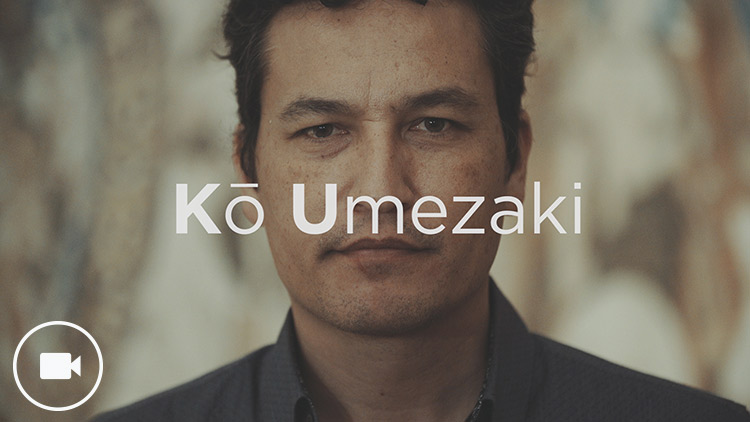
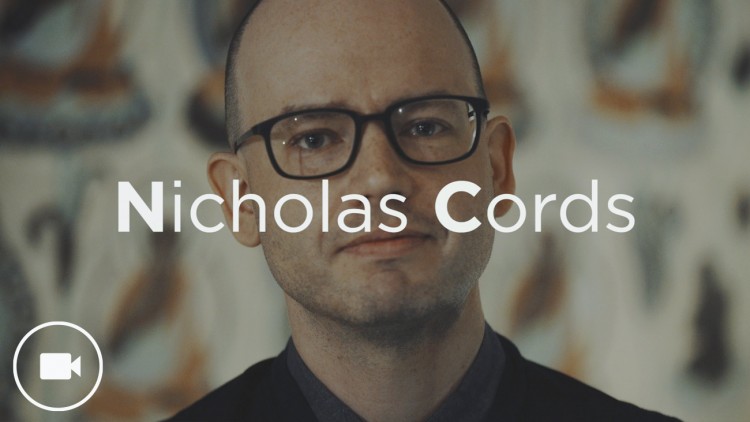

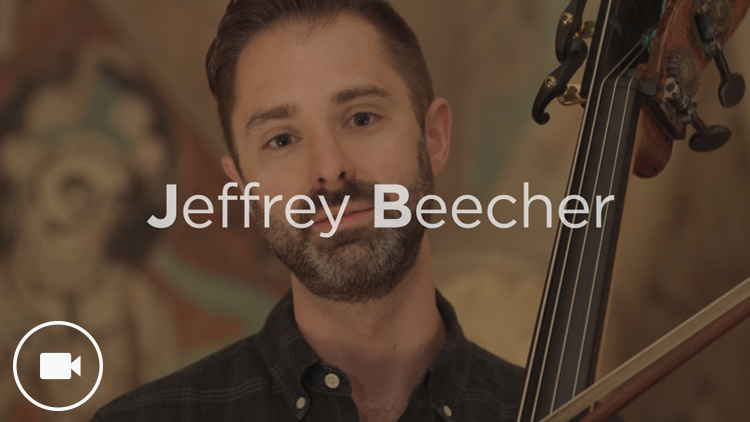
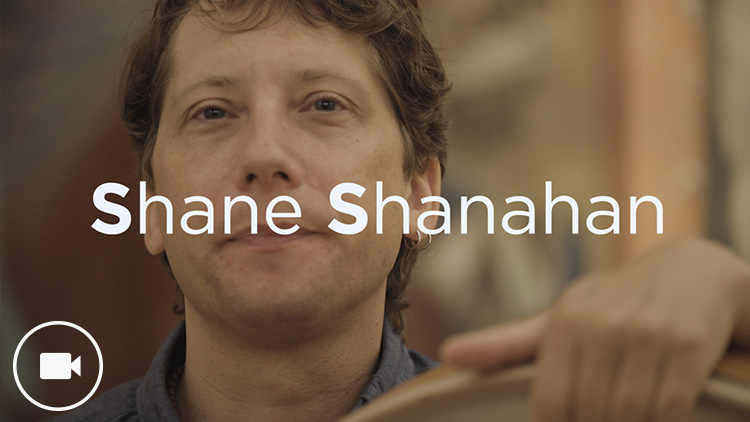



Comments on this post are now closed.